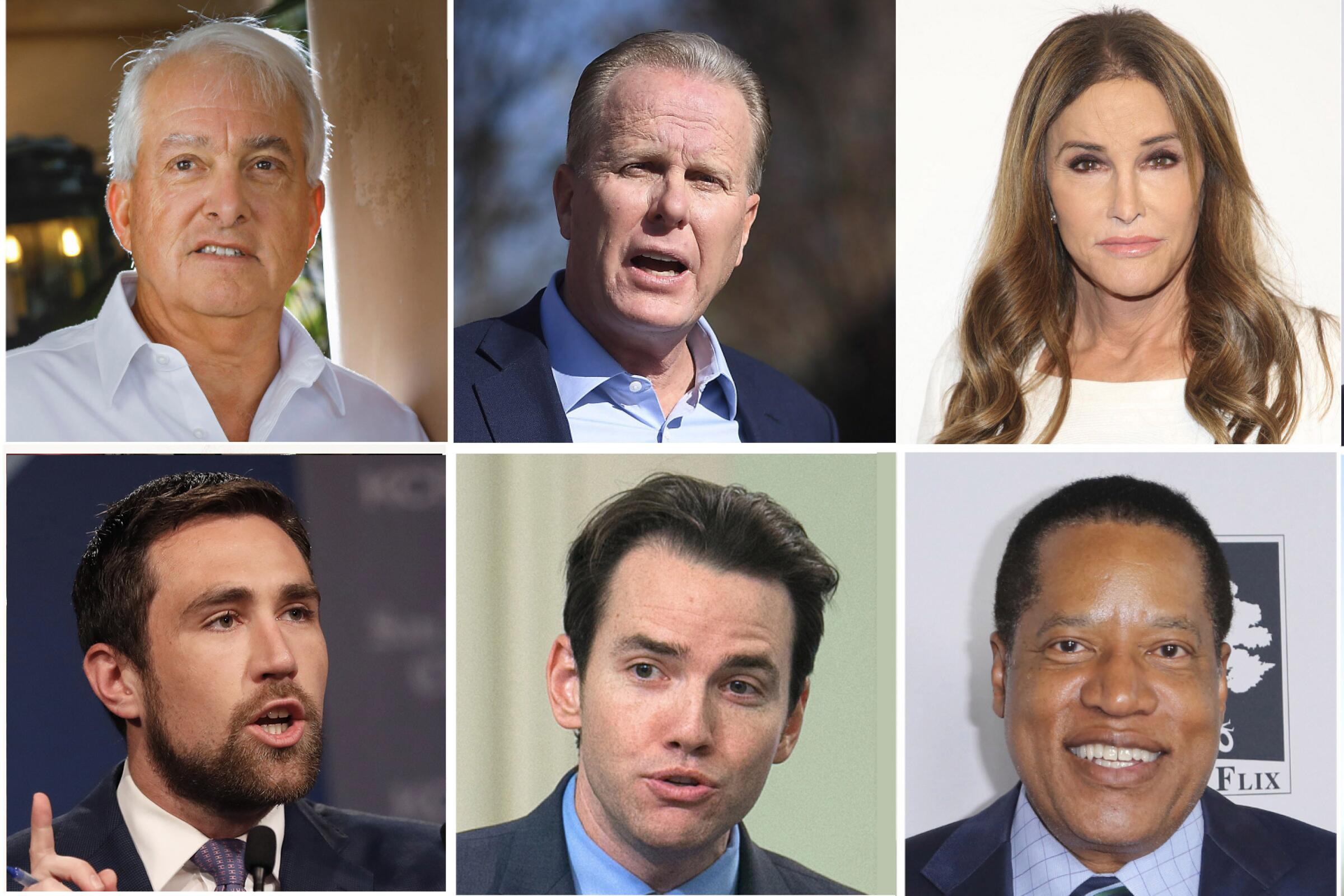The stage is set.
The recall election asking voters if they want to replace Gov. Gavin Newsom will take place on Sept. 14. Nearly four dozen candidates will appear on the ballot as potential replacements, according to the secretary of state’s office.
The field | The odds | The money | The GOP fight | The Vote
Newsom and the candidates vying to replace him scurried to sweep up donor dollars, endorsements and every other advantage they could before mail ballots were sent to voters in August. Now, the focus is on energizing voters so they cast ballots.
The incumbent has every advantage. But uncertainties — notably over the pandemic, wildfires and power blackouts for now — mean nothing is certain. For example, Newsom’s biggest anti-recall rally with Vice President Kamala Harris was canceled after a terrorist suicide bomber in Kabul, Afghanistan, killed 13 American servicemen.
Polling shows that while most Californians oppose recalling Newson, the voters most passionate about casting ballots in September are nearly evenly divided on whether to oust the Democratic governor.
Here’s what voters need to know about the recall election, the candidates who want to replace Newsom and the process that will unfurl through election day in mid-September.












